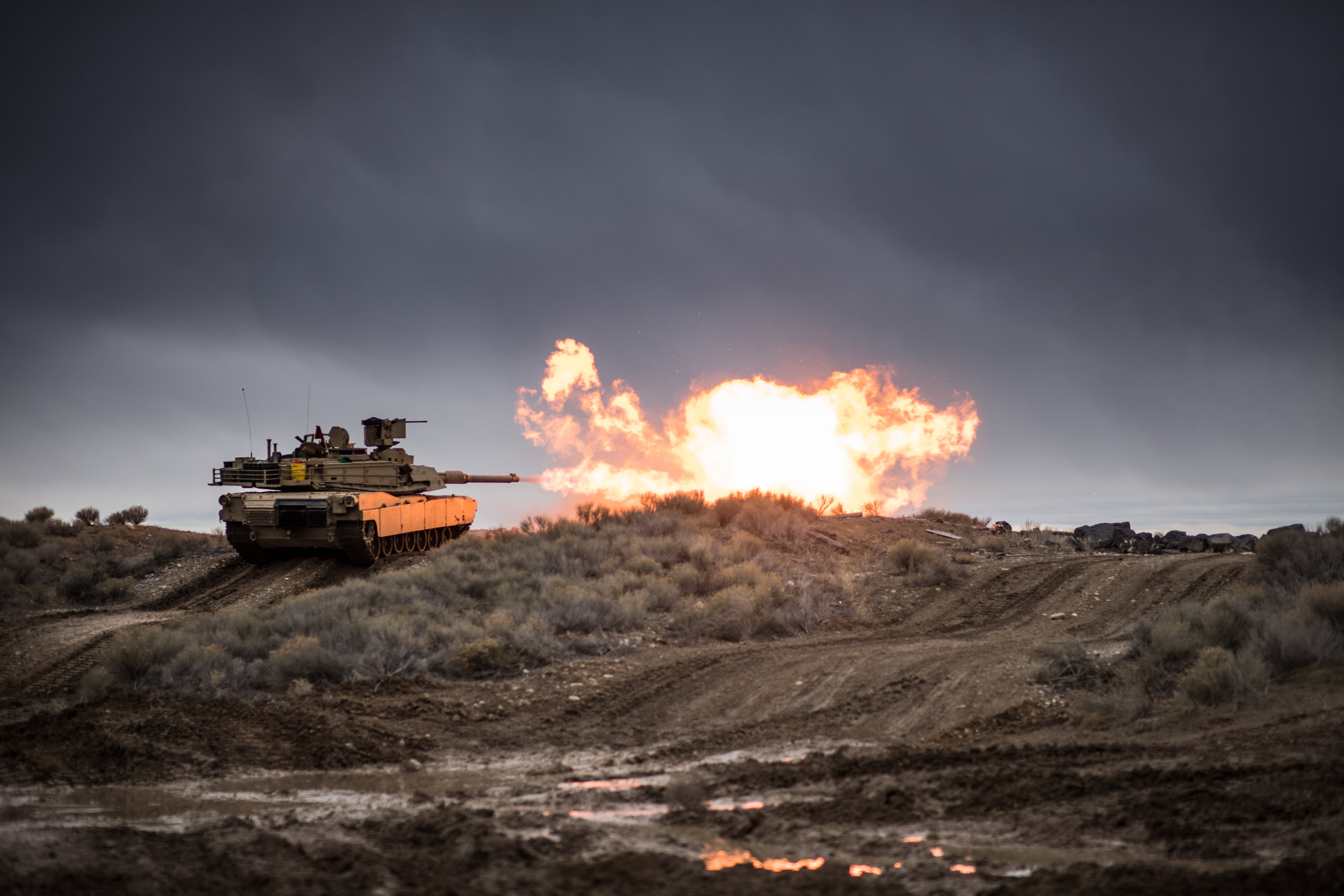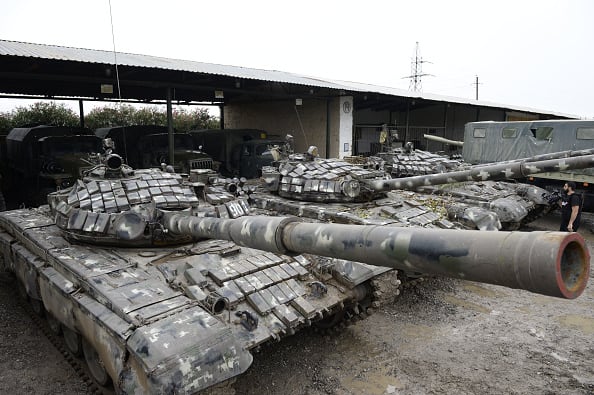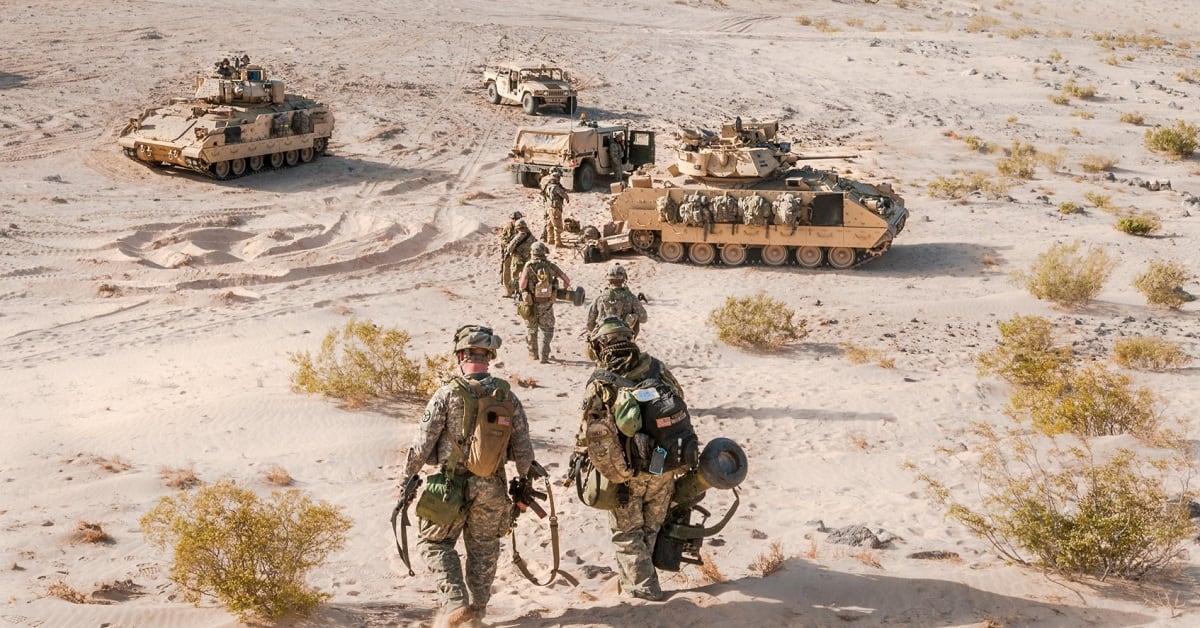The Army secretary started this year’s Association of the United States Army with a bang, announcing the service will be reducing the demands of rotational deployments and decreasing requirements for brigade- and battalion-level training.
Events over the past year have taxed the force, including a rapid deployment of paratroopers and air defense artillery to the Middle East during tensions with Iran, an unprecedented global pandemic and nationwide racial justice protests that led to the mobilization of thousands of Army National Guardsmen.
That’s on top of the regular rotations of brigade combat teams to Europe, Asia and the Middle East, as well as training exercises within the United States.
“The first step we are taking is giving time back to unit commanders to invest in their people,” Army Secretary Ryan McCarthy said during the AUSA conference’s opening ceremony Tuesday. “We are removing gated training requirements and reducing the demands of rotational deployments.”
“We will focus our training on the basics of individual, squad, platoon and company-level training and key leader training while reducing the requirement to conduct brigade and battalion live-fire exercises," McCarthy added. “We will pursue options for brigade combat training centers that are a mix of in-the-box organic battalions, command post exercises and heavy-light rotations.”
The efforts are intended to give more time back to units so leaders can invest in their soldiers and families, according to McCarthy. The changes were also alluded to by Army Chief of Staff Gen. James McConville during an interview with Army Times last week.
RELATED

Air defense artillery units and armored brigades, in particular, are frequently tapped for deployments, he said. But the concern extends to the rest of the Army as well.
"I am concerned about the Army’s ops tempo as a whole,” McConville said. “For the last 19 years, the Army has been heavily, heavily deployed. And even more recently, with our air defense units, our requirements around the world and particularly in the Middle East have really upped their ops tempo.”
That being said, there’s no intent to reduce combat training center rotations for units, McConville explained during a telephone call following McCarthy’s comments at the AUSA conference.
“That’s not what we’re discussing," McConville added. “What we’re discussing is what the prerequisites are to actually go to a combat training center and how they fit into the rotational model.”
Army leaders decided on the changes after they “took a closer look” at Army formations over the past few months, McCarthy said in his AUSA comments. “Global deterrence,” he noted, “has come at a cost.”
RELATED

"Just as we did with readiness, we must invest in people,” he added, while framing the focus on readiness over the past few years as having been necessary to set the stage for this next phase.
“Now we can shift to maintaining the right levels of readiness and focus on emergent threats," McCarthy said. "Building from the momentum of the last three years, we must seek balance of readiness with our other ambitions.”
Those other ambitions include modernizing the Army into a force that can prevail against peer-adversaries on battlefields of the future, which “will be chaotic, violent, saturated with social media, yet degraded in communications,” McCarthy said.
The goal is to build an Army capable of fighting in dispersed formations. That requires new equipment, some of which will begin arriving to tactical formations in 2022, as well as new doctrine, leadership styles and even, possibly, unit reorganizations.
Easing off some training requirements and rotational deployments will give the service the breathing room it needs to reshape itself in the coming years, according to service leadership.
Kyle Rempfer was an editor and reporter who has covered combat operations, criminal cases, foreign military assistance and training accidents. Before entering journalism, Kyle served in U.S. Air Force Special Tactics and deployed in 2014 to Paktika Province, Afghanistan, and Baghdad, Iraq.




